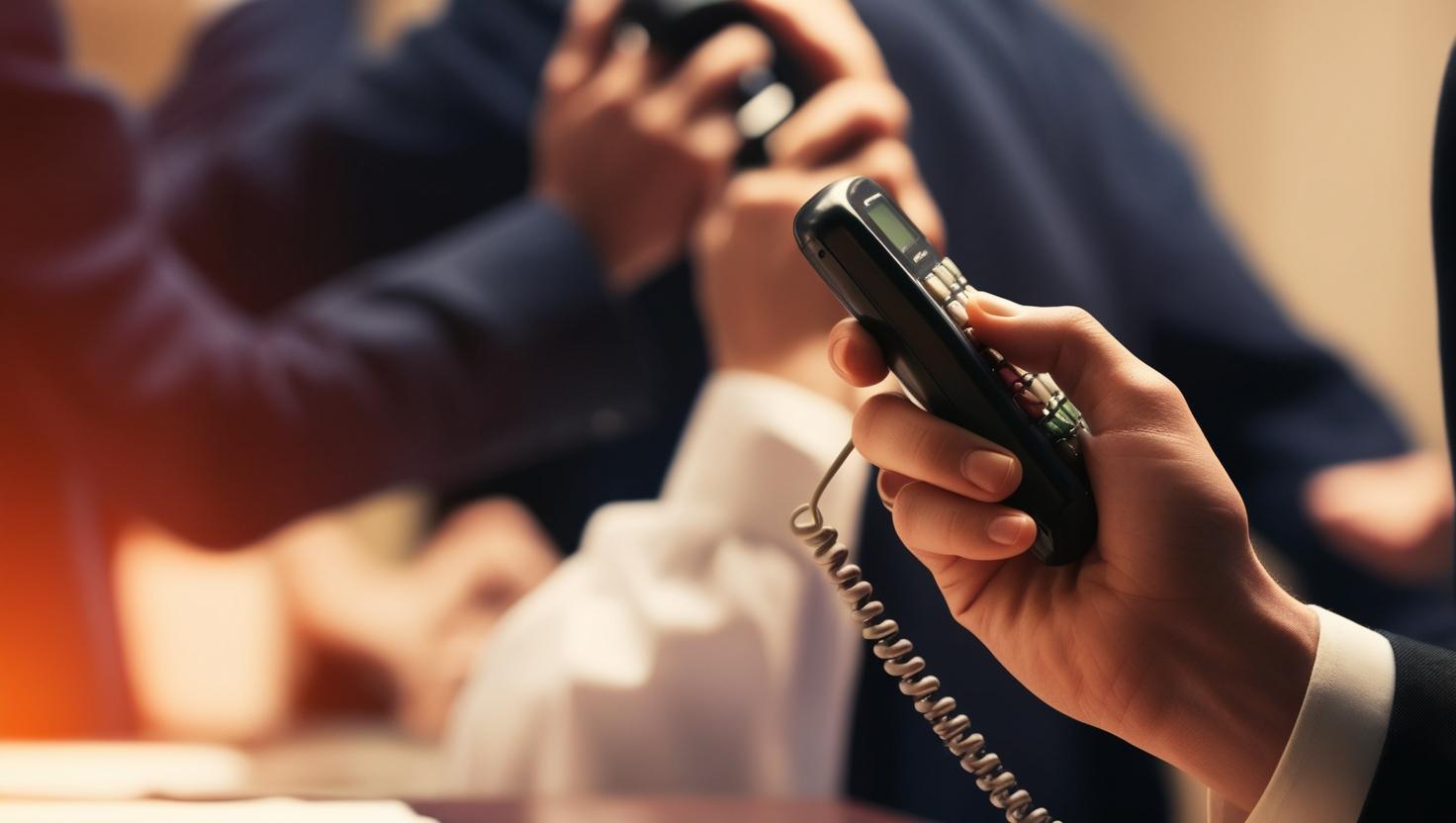As parents across Australia send their children to daycare, school, camps, and other activities, one question echoes louder than ever: How can we ensure our children are safe?
As parents across Australia send their children to daycare, school, camps, and other activities, one question echoes louder than ever: How can we ensure our children are safe? It’s a question I hear constantly in my conversations with parents and educators. The desperation and concern are palpable—parents want to know what they can teach their children to protect them from harm.
As a protective behaviours trainer and practitioner, I’ve seen firsthand the power of equipping children with skills to feel safe, assertive, and valued, combine this with Body safety education and empowerment strategies, they become critical tools to help children recognise and respond to unsafe situations.
Empowered children are less likely to become victims. But is this enough? The rising number of child victims tells us the answer is a resounding no. Here is the truth of it: it is not the child’s responsibility to keep themselves safe.Every person in a child’s environment has a responsibility to the child to ensure they are safe. While Protective Behaviours Education for children is a vital step, it’s not a cure-all.
In Australia, we often lean on protective education strategies, such as teaching body safety awareness, but this alone cannot guarantee safety. Parents may feel reassured after their child receives this education, thinking, “Great, my child is protected now.” But Protective Behaviours are not a vaccine. They are a seed—one that must be nurtured, reinforced, and embedded into every aspect of a child’s life, from home to school to extracurricular activities.
Let’s look at child sexual abuse offending from the crime triangle perspective. Child sexual abuse occurs with the convergence of
- A motivated perpetrator
- a suitable victim, and
- an environment that provides the opportunity
Even with this knowledge, Australia’s answer continues to be “let’s focus on educating children” with an expectation that they can keep themselves safe. This false narrative reeks of exoneration and provides the platform for latent grief, shame and guilt. There are more immediate limitations to this approach, including the quality of what children are taught, how it is reinforced and whether it resonates with experience. All of which can have a huge impact on a child’s ability to understand safety.
The Power of Protective Behaviours practitioners In Australia, children are often taught protective education, not protective behaviours. One might categorise this type of education as a PB strategy: protective interruption Protective behaviours education is focused on developing child empowerment, child awareness, resilience, assertiveness and listing to warning signs in all situations and it teaches the child body safety strategies that directly counterattack the tricky behaviours of unsafe people, specifically perpetrators of child sexual abuse.
These behaviours are referred to as grooming. When children fully understand and practice protective behaviours, they develop a kind of “radar” for unsafe situations. If they experience early warning signs, they are more likely to tell an adult. But here’s the heartbreaking reality: even when children do speak up, 80% have to tell an adult at least three times before action is taken.
This changes when the adults in their lives—parents, carers, and educators—are trained as protective behaviours practitioners. These adults are equipped to recognise grooming behaviours, listen to children, believe them, and act swiftly to ensure their safety. To be effective, adults must be wiser and more knowledgeable than the children they protect—and, critically, smarter than the perpetrators.
The Environment: Where We’re Falling Short While we’ve made strides in child safety—thanks to the Royal Commission into Institutional Responses to Child Sexual Abuse—our efforts are still falling short in one key area: the environment where children spend their time. Child-safe organisations, thoughtful centre layouts to eliminate blind spots, mandatory reporting, and child protection training for staff are all positive steps. But these measures aren’t enough if the adults in a child’s life aren’t adequately trained to recognise and prevent abuse.
Simply put, for someone to sexually abuse a child, they must be in a position of trust to gain access to the child. Perpetrators rely on their ability to form and manipulate relationships with adults to gain access to children. The perpetrator intneitionallya nd purposefully grooms and coerces the adults in a child’s life first. This means they have bypassed any concerns the adults in the child’s environment may have.
In keeping our young children safe from perpetrators of child sexual abuse, Protective Behaviours education should only ever be Plan b or c. The adults in a child’s life should always be plan A. Comprehensive Protective Behaviours Practitioner training for these adults is not just best practice; it’s essential.
In the childcare sector, however, training requirements are minimal. To meet National Quality Standards (NQS), basic child protection training is often deemed sufficient. This falls short of ensuring that childcare environments are truly safe spaces where children feel secure.
I’ve worked with exceptional childcare services that have invested in training their entire staff as Protective Behaviours Practitioners. The result? Centres where children, parents, and workers all feel safe. Workers in these environments are more likely to call out questionable behaviour, seek additional training, and report concerns.
Parents feel empowered to ask questions and demand transparency about child safety processes. Importantly, the children attending these centres speak up whenever they feel unsafe, because they are confident that they are being heard and valued.



